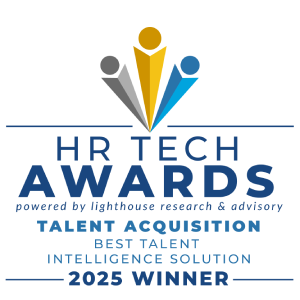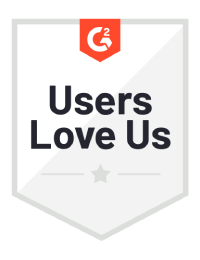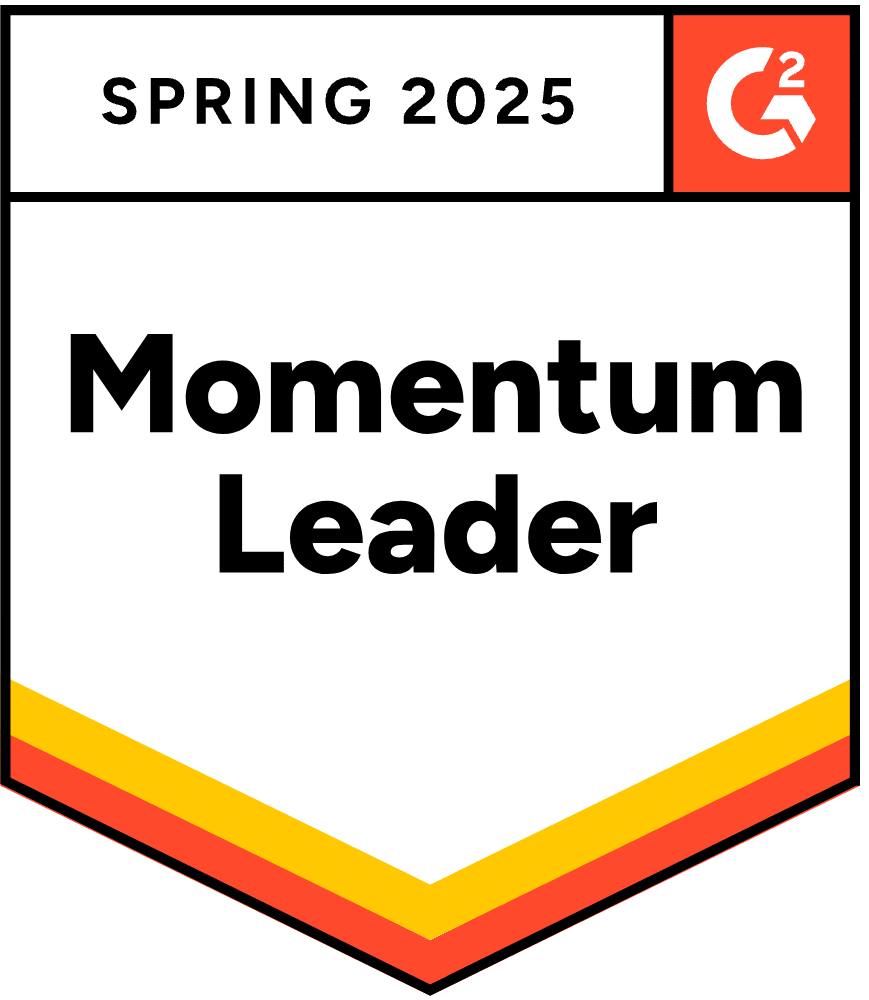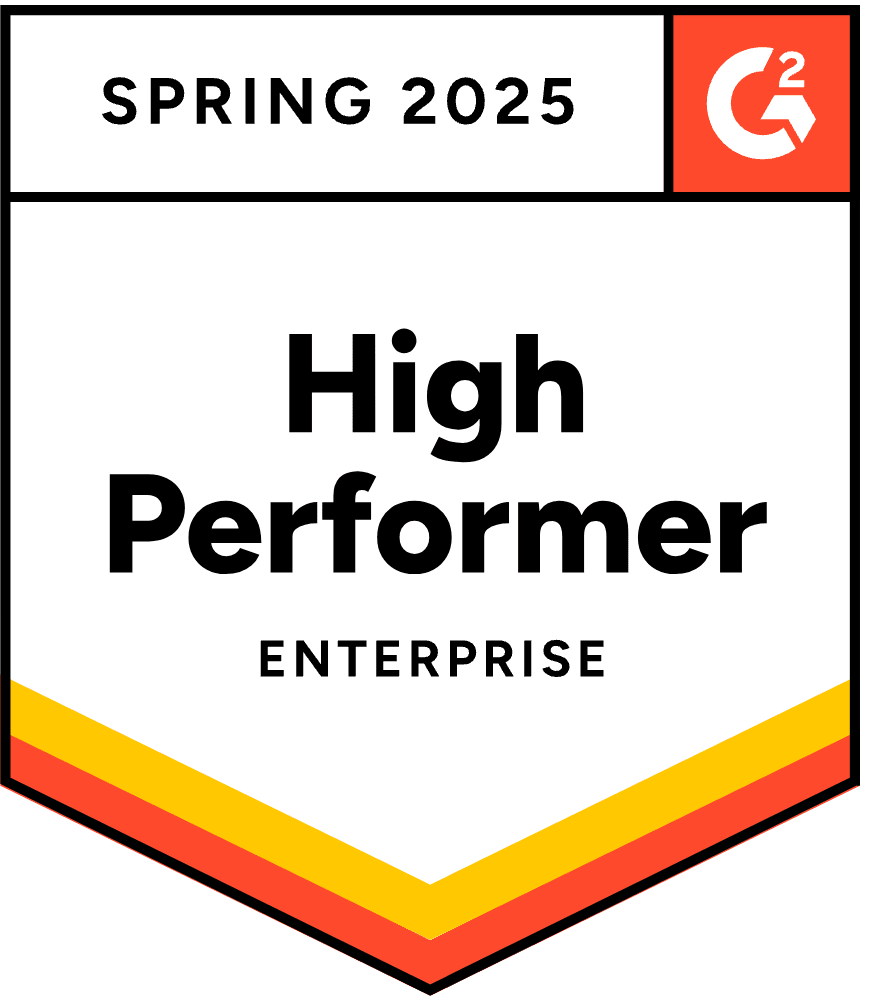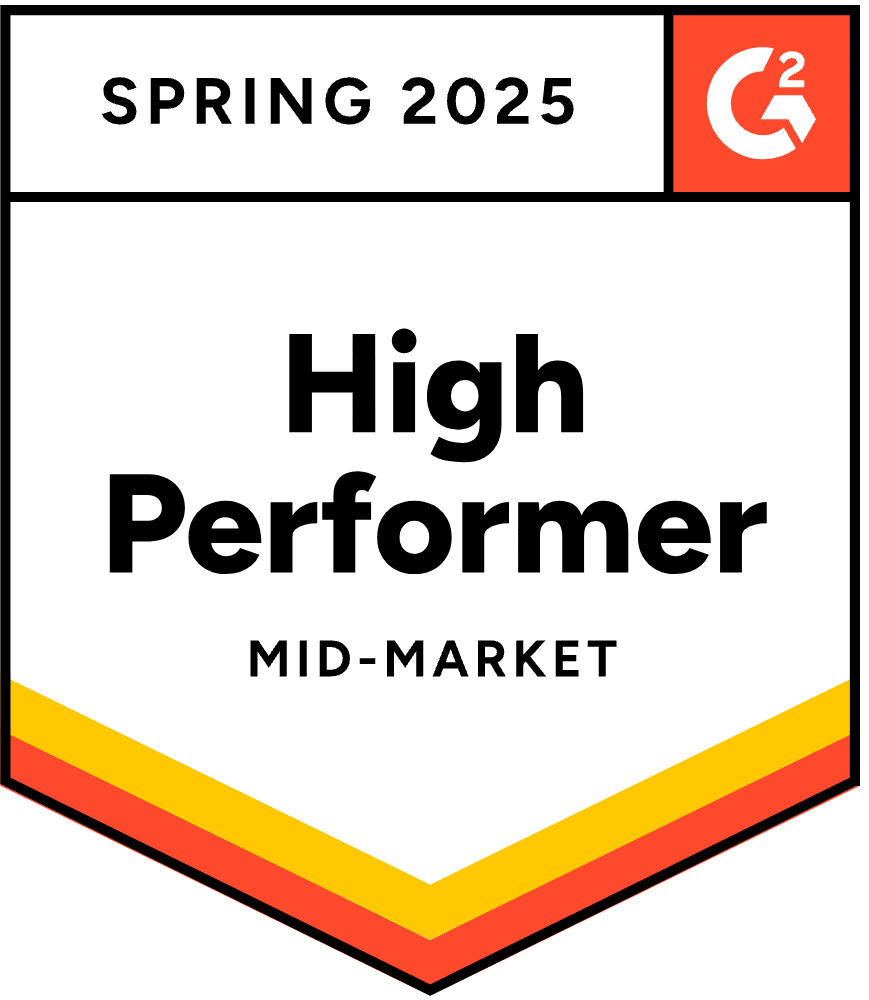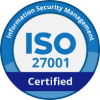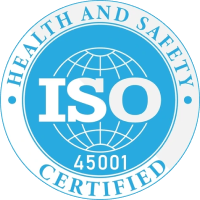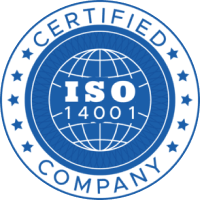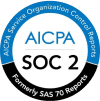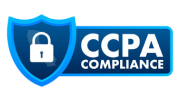Introduction
The future belongs to an agile workforce – those who can pivot, adapt, and thrive in different environments. A recent report highlights that 63% of executives believe their workforce is unprepared for change, highlighting a critical gap in workforce readiness that directly ties to agility.
But agility isn’t just a buzzword– it’s a necessity for resilient businesses. In a world where tomorrow’s challenges are always a step ahead, the ability to build a flexible, future-proof team is what separates leaders from laggards. Ready to future-proof your workforce? Let’s get started.
What Is an Agile Workforce?
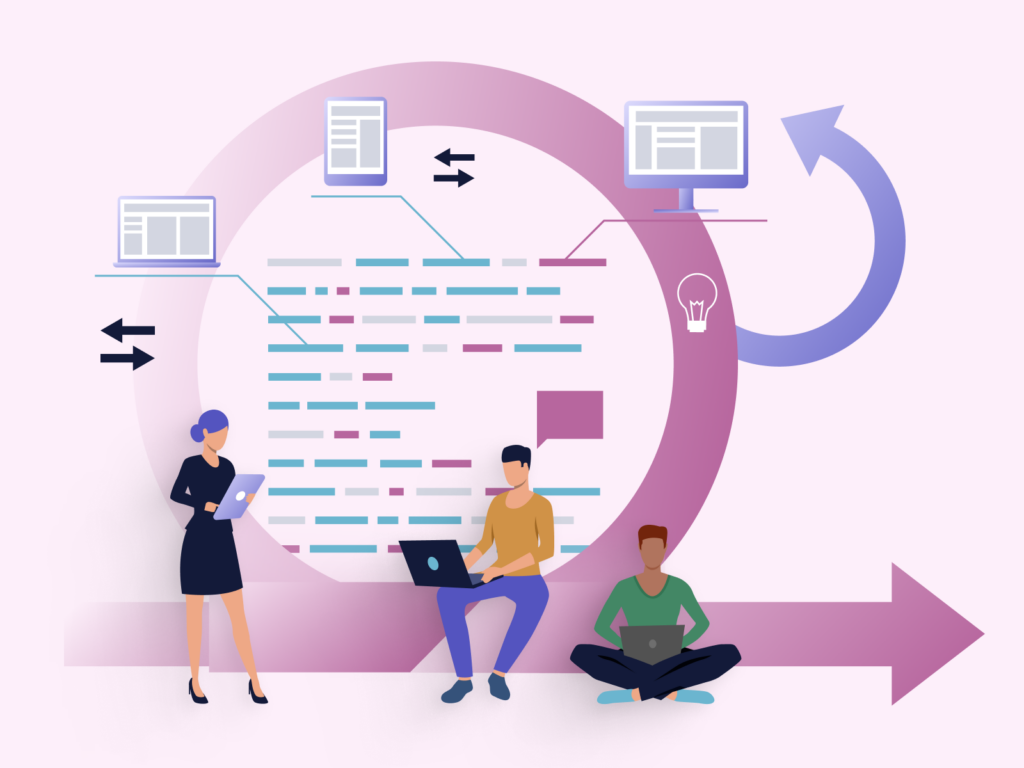
An agile workforce is a team equipped to adapt to changing circumstances, embrace innovation, and excel in uncertain environments. It represents the future of work, where flexibility and resilience are core traits that enable organizations to stay competitive in a constantly evolving (and sometimes unpredictable!) world.
At its heart, an agile workforce prioritizes speed, efficiency, and collaboration, making it indispensable for navigating challenges like market shifts, tech advancements, and economic uncertainty.
Core components of an agile workforce
- Flexibility: Agile teams can quickly shift priorities, roles, or strategies without compromising productivity. They’re not tied down by rigid structures, making them well-suited for dynamic industries.
- Adaptability: Change is inevitable. Adaptability ensures that employees not only respond to it but thrive. This includes accepting new tools, roles, or work environments as needed.
- Continuous learning: Lifelong learning fuels an agile workforce. Employees regularly upskill to stay ahead of industry trends and meet emerging demands.
Traditional workforce vs. agile workforce
| Aspect | Traditional workforce | Agile workforce |
| Structure | Hierarchical and rigid | Flexible and collaborative |
| Decision-making | Top-down, slower response to changes | Decentralized, quick decisions |
| Skill development | Limited emphasis on continuous learning | Dynamic, focused on upskilling and reskilling |
| Response to change | Reactive, often struggles with uncertainty | Proactive, thrives in ambiguity |
| Technology integration | Reluctant to adopt new tools | Accepts innovation and emerging technologies |
| Work environment | Fixed roles, strict schedules | Adaptive roles, flexible schedules |
Why Is an Agile Workforce Important?
In today’s fast-paced world of tech leaps, market twists, and unexpected shake-ups, agility helps businesses stay on their toes, adapt, and keep the momentum going strong.
It’s not just about surviving change – it’s about thriving in it. Agile teams respond to challenges with speed and precision, enabling businesses to pivot, embrace opportunities, and maintain a competitive edge. As traditional work models shake under pressure, workforce agility emerges as the key to sustaining relevance and driving success.
Ready to embrace agility? Let’s look at its transformative benefits.
What Are the Benefits of an Agile Workforce?
1. Organizational flexibility
An agile workforce empowers businesses to adapt quickly to market changes, customer needs, and industry trends. This flexibility reduces downtime during transitions, enhances operational efficiency, and positions organizations to seize opportunities with minimal disruption. It’s a proactive approach to navigating uncertainty while staying ahead of competitors.
2. Enhanced workforce productivity
Agile teams prioritize collaboration and efficiency, focusing on goals rather than rigid processes. This leads to streamlined workflows, reduced bottlenecks, and higher overall productivity. Employees equipped with the right skills and tools deliver exceptional results, even in fast-paced or unpredictable environments.
3. Improved employee retention
Agility creates a dynamic and engaging work culture, where employees feel valued for their adaptability and growth. Organizations that invest in workforce agility show employees they’re committed to long-term success, reducing turnover rates and retaining top talent in an increasingly competitive job market.
4. Higher employee satisfaction
A culture of continuous learning and adaptability boosts employee morale by providing growth opportunities and reducing burnout. Agile workforces often enjoy flexible schedules and evolving roles, aligning with individual career aspirations and giving a sense of purpose and belonging.
5. Innovation and creativity
An agile workforce thrives on collaboration, experimentation, and iterative problem-solving. These qualities create a fertile ground for innovation, enabling organizations to develop cutting-edge solutions, refine processes, and lead their industries in creativity and thought leadership.
6. Strategic resilience
Beyond responding to immediate changes, an agile workforce builds long-term resilience. It equips businesses to anticipate challenges, minimize risks, and maintain stability even during crises, safeguarding their future in a volatile world.
By building an agile workforce, organizations create a workplace that is not only future-ready but also deeply aligned with success.
Key Skills of an Agile Workforce
The backbone of an agile workforce lies in its people. Here are the skills that make these teams thrive in dynamic environments:
Proactivity: Anticipating challenges and taking initiative are hallmarks of an agile workforce. Proactive employees drive innovation and ensure businesses stay ahead of disruptions.
Flexibility – The ability to pivot between tasks, roles, or strategies translates to high productivity – even during rapid changes.
Resilience – Thriving in uncertainty requires emotional and professional resilience. Agile workers bounce back quickly from setbacks, maintaining stability.
Competence – A solid foundation of industry-specific expertise ensures employees can perform effectively and confidently.
Adaptability – Quickly learning new skills, tools, and processes is essential to remaining relevant in ever-evolving industries.
Collaboration – Teamwork is the glue of agility. Collaborative individuals contribute to cohesive teams that tackle challenges together.
Critical thinking – Analyzing problems and devising creative solutions are crucial for navigating complexity and driving progress.
Digital literacy – In a tech-driven world, fluency in digital tools and platforms brings efficiency and innovation.
Emotional intelligence – Empathy, self-awareness, and interpersonal skills strengthen relationships and enhance workplace dynamics.
Skill development is the engine of workforce agility. Continuous learning opportunities ensure employees stay ahead of industry demands, while regular upskilling prepares them for future challenges. By promoting these key skills, organizations not only empower individuals but also build a culture of adaptability, collaboration, and success.
The Pillars of an Agile Workforce
Creating an agile workforce goes beyond hiring adaptable employees – it requires a foundation built on strategic pillars that supports the core concept at every level. Let’s explore the key pillars that organizations must prioritize to adapt agility:
1. Leadership and vision
Leaders must embody the principles of agility by acknowledging and accepting change, encouraging innovation, and providing clear direction. They inspire teams to navigate uncertainty with confidence and a sense of purpose. Effective leadership also includes transparent communication, which ensures employees understand organizational goals and how their roles contribute to broader success. Without a cohesive vision, even the most adaptable workforce can become fragmented and ineffective.
2. Culture of continuous improvement
A truly agile workforce thrives in a culture of growth and learning. Organizations must invest in an environment where employees feel encouraged to innovate, experiment, and learn from failure. Continuous improvement isn’t limited to individual development – it extends to processes, technologies, and strategies. Regular feedback loops, open communication channels, and an emphasis on upskilling create a dynamic workplace that adapts to new challenges.
3. Technology and tools
In today’s digital age, technology is non-negotiable for agility. From collaborative platforms to AI-driven analytics, the right tools enable seamless communication, streamline workflows, and empower decision-making. Agile organizations invest in cutting-edge solutions that enhance productivity and provide real-time insights into workforce dynamics. Plus, integrating tools like applicant tracking systems (ATS), learning management systems (LMS), and workforce management software helps teams adapt to changing demands, ensuring no opportunity is missed.
4. Workforce planning
Agility starts with strategic workforce planning. This means not only identifying the right talent but also anticipating future needs. Workforce planning involves analyzing current skill gaps, forecasting demand for specific roles, and building pipelines for critical positions. Flexible staffing models – such as leveraging gig workers or cross-training employees – adds a layer of responsiveness, ensuring businesses can scale up or pivot as needed.
5. Metrics for success
What gets measured gets managed. Agility isn’t just a concept – it’s a measurable outcome. Establishing clear metrics allows organizations to track progress and identify areas for improvement. Key performance indicators (KPIs) might include employee productivity, adaptability in new roles, speed of project delivery, and customer satisfaction (we’ll discuss this in more detail in a bit). Regularly reviewing these metrics ensures that efforts to enhance agility yield tangible results and drive continuous growth.
Strategies to Build an Agile Workforce
Creating an agile workforce doesn’t happen overnight. It takes smart strategies, solid planning, and a whole lot of commitment to staying adaptable. We’ve got you covered with practical tips to help turn your team into a resilient, future-ready powerhouse.
1. Embrace skills-based hiring
The traditional approach of hiring based on resumes and degrees often overlooks critical skills that make candidates successful in dynamic environments. Skills-based hiring focuses on identifying and evaluating competencies like adaptability, problem-solving, and digital fluency.
You can start by redefining job descriptions to highlight must-have skills instead of rigid qualifications. For instance, instead of requiring a degree in marketing, specify expertise in data analytics or content strategy. Use tools like AI-powered assessments to identify candidates who have these abilities and match talent with your organization’s needs.
2. Adopt flexible work models
Flexibility is no longer a perk – it’s a necessity. Whether it’s remote work, hybrid setups, or project-based engagements, flexible work models ensure employees can perform at their best in environments that suit them.
Implementing these models requires more than policy changes. Equip your team with collaboration tools, set clear expectations, and promote a culture of accountability. For example, a hybrid team might leverage shared calendars and communication platforms like Slack or Microsoft Teams to stay connected while working from different locations. Flexibility also involves supporting various employee types, including freelancers, gig workers, and part-timers, to build a versatile and responsive team.
3. Develop a comprehensive workforce planning framework
Strategic workforce planning is very important for agility. Start by assessing your organization’s current capabilities and identifying gaps in skills, roles, and resources.
Incorporate data-driven tools to forecast future needs based on market trends, business goals, and potential disruptions. For instance, if your industry is moving toward automation, prepare for roles that require expertise in AI and machine learning. Build talent pipelines that mix full-time employees, contractors, and temporary hires to allow for scalability. This approach ensures you can quickly pivot to new demands without compromising efficiency.
4. Prioritize upskilling and reskilling programs
Continuous learning is essential for agility. Upskilling focuses on enhancing employees’ existing capabilities, while reskilling prepares them for entirely new roles.
Begin by assessing your workforce’s current skill levels and aligning them with future organizational needs. Offer diverse learning opportunities, including online courses, workshops, and mentorship programs. For example, a sales team might benefit from upskilling in data analytics to improve decision-making. Make learning accessible by integrating platforms like LinkedIn Learning or Coursera, and encourage managers to set aside time for employees to participate.
5. Leverage AI tools for workforce agility
Technology is a game-changer in building agility. AI-driven tools help automate processes, enhance decision-making, and provide real-time insights into workforce dynamics.
In recruitment, AI can analyze resumes faster, identify high-potential candidates, and predict hiring outcomes. For workforce management, AI tools can forecast workload demands, track employee performance, and recommend training programs.
Taking the first steps toward agility
Building an agile workforce is about preparation, not reaction. By focusing on the right strategies you’ll equip your organization to adapt and succeed in any scenario.
Start small, think big, and let agility transform your workforce into a competitive advantage.
Challenges of Managing An Agile Workforce
While the concept of an agile workforce is alluring, implementing and managing it comes with its own set of hurdles. Recognizing these challenges is the first step toward overcoming them and ensuring agility becomes a sustainable strength.
Common challenges
- Resistance to change
Adopting agility often requires a cultural shift that not all employees or leaders are prepared for. Resistance to new processes, technologies, or mindsets can slow down transformation efforts. Longstanding habits and fear of the unknown often strengthen this resistance, making change management an uphill battle.
- Managing diverse and dispersed teams
With agility comes diversity – not just in terms of skills but also in work setups. Teams may include remote employees, freelancers, gig workers, and part-timers. Managing such a dispersed and varied workforce while maintaining cohesion, communication, and productivity is no small feat.
- Balancing flexibility with structure
Agility thrives on flexibility, but too much of it can lead to chaos. Without clear structures, guidelines, and accountability, teams might struggle with prioritization, alignment, and execution. The challenge lies in striking a balance between creativity and efficiency.
Solutions to overcome challenges
- Build a culture of change readiness
Start by communicating the why behind agility. Highlight its benefits and align the team with the organization’s goals. Provide training programs to equip employees with the skills they need to thrive in an agile environment. Celebrate small wins to build confidence in the process, and involve employees in decision-making to increase buy-in.
- Utilize technology for team management
Use collaborative tools to bridge gaps in communication and productivity for dispersed teams. Set clear expectations and foster a culture of trust to empower teams, regardless of their location or employment type. AI tools can help identify and address performance gaps in real time, ensuring no team member is left behind.
- Define clear frameworks and guardrails
Agility doesn’t mean abandoning structure. Establish clear workflows, goals, and accountability measures to guide teams while allowing room for flexibility. Create frameworks that support quick decision-making and adaptability without compromising on quality or outcomes.
- Build resilient leadership
Leaders play a pivotal role in managing agile teams. Equip managers with tools and training to handle diverse teams effectively. Encourage them to act as coaches, guiding teams through challenges while encouraging collaboration and innovation.
Managing an agile workforce is complex, but with the right strategies, these challenges can transform into opportunities for growth.
Agile Workforce Metrics and KPIs
In the quest for an agile workforce, tracking progress is an important step. Metrics and key performance indicators (KPIs) act as the compass guiding organizations toward agility, helping to identify strengths, address gaps, and refine strategies. Without clear measurements, agility becomes more of a buzzword than a business advantage.
Why metrics matter
Metrics provide a structured way to evaluate how effectively your workforce embodies agility. They allow organizations to measure outcomes, understand the impact of initiatives, and ensure alignment with business goals. Metrics also bring transparency, offering insights that drive data-informed decision-making.
For example, tracking the speed of hiring, employee adaptability, and the effectiveness of upskilling programs can reveal whether your workforce is truly prepared to pivot and thrive in dynamic environments.
Key metrics and KPIs for an agile workforce
Time-to-adoption
Measures how quickly employees adapt to new tools, processes, or roles. A shorter time-to-adoption indicates a high degree of flexibility and willingness to accept change.
Workforce flexibility index
Tracks the proportion of employees who can successfully transition between roles, projects, or departments. This metric reflects the workforce’s capacity to pivot based on organizational needs.
Employee engagement scores
Measures how engaged and motivated employees are in their roles. Agile teams thrive on high engagement, which fosters collaboration, innovation, and resilience.
Upskilling and reskilling completion rates
Monitors the participation and success rates of training programs aimed at skill development. High completion rates suggest a proactive approach to continuous learning.
Attrition rate
Tracks employee turnover within agile teams. A stable or low attrition rate indicates that employees are satisfied with the balance of flexibility, growth, and structure.
Project turnaround time
Measures the speed at which teams complete projects or adapt to shifting priorities. Faster turnaround times reflect effective workforce planning and agility.
Employee net promoter score (eNPS)
Evaluates how likely employees are to recommend the company as a great place to work. A high eNPS reflects satisfaction with the organization’s agility initiatives.
To establish and sustain an agile workforce, metrics should be more than just numbers. They should inform actionable strategies. For instance, if your workforce flexibility index is low, consider diversifying training programs or introducing cross-functional opportunities. Similarly, if project turnaround times are lagging, revisit team structures or workflow processes.
By emphasizing the importance of metrics, organizations not only gain a clear picture of their workforce agility but also build a culture of continuous improvement.
Conclusion
Building an agile workforce is a long-term strategy for navigating uncertainty, seizing opportunities, and thriving in a world that refuses to stand still. By creating and promoting a culture of agility, organizations can empower their teams to not only meet challenges head-on but also to redefine what success looks like. It’s not about perfection; it’s about progress and the ability to pivot with purpose.
As businesses invest in agility, the real differentiator will be their ability to balance flexibility with focus, innovation with consistency, and empowerment with accountability. Whether through skills-based hiring, technology, or a mindset of continuous learning, the path forward is clear: agility is not just a workforce trait – it’s an organizational imperative. The future of work is here. Are you ready to lead it?
FAQs
What is an agile workforce?
An agile workforce is a team equipped to quickly adapt to changing business needs, market demands, and industry disruptions. It thrives on flexibility, continuous learning, and collaboration. By prioritizing skills over rigid roles, it enables organizations to remain competitive, innovative, and resilient in an ever-evolving global economy.
How do you build an agile workforce?
Building an agile workforce involves implementing strategies like skills-based hiring, flexible work arrangements, and robust upskilling programs. Investing in technology and fostering a culture of adaptability and innovation are essential. Workforce planning frameworks and metrics also play a key role in aligning agility with organizational goals.
What are the core components of workforce agility?
Core components of workforce agility include adaptability, collaboration, resilience, and continuous learning. Agile teams are proactive, tech-savvy, and emotionally intelligent, enabling them to handle disruptions effectively. By focusing on these elements, organizations can ensure readiness to pivot and thrive in dynamic business environments.
Why is workforce agility important?
Workforce agility is critical because it allows organizations to respond effectively to market shifts, technological advancements, and economic uncertainties. It enhances competitiveness, promotes innovation, and ensures employee satisfaction. In a rapidly evolving world, agility is the foundation of sustainable growth and business resilience.
What is agility in HR?
Agility in HR refers to the ability to adapt quickly to organizational changes, employee needs, and industry trends. Agile HR practices prioritize flexibility, employee empowerment, and data-driven decision-making, enabling HR teams to support dynamic workforce demands while fostering a culture of innovation and growth.
How does skills-based hiring support workforce agility?
Skills-based hiring focuses on a candidate’s competencies rather than traditional credentials. This approach ensures organizations recruit versatile talent capable of adapting to diverse roles. It not only supports workforce agility but also drives innovation, inclusivity, and readiness for evolving business challenges.
What type of training enhances workforce agility?
Training programs emphasizing adaptability, critical thinking, and digital skills are ideal for enhancing workforce agility. Continuous learning initiatives, including leadership development and tech skill courses, equip employees to thrive in change-driven environments. These programs foster a proactive mindset, making agility an inherent organizational trait.
